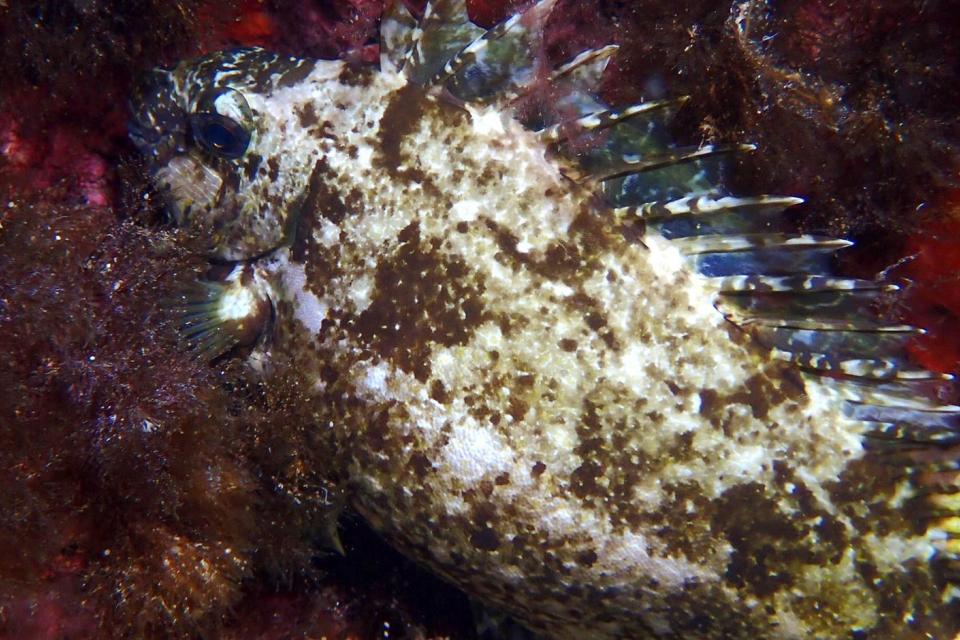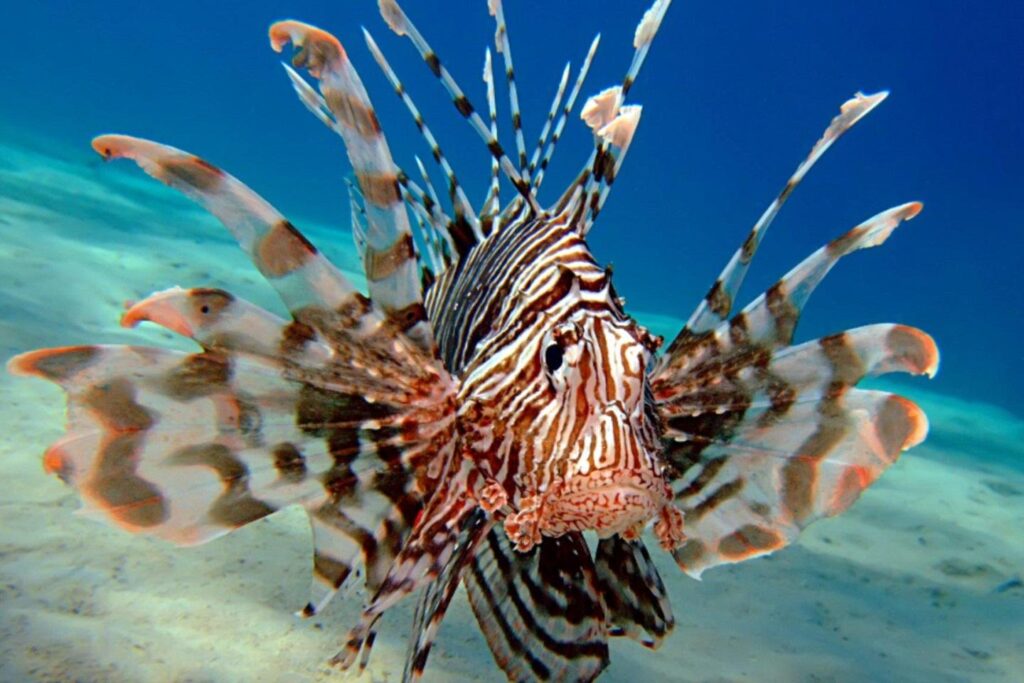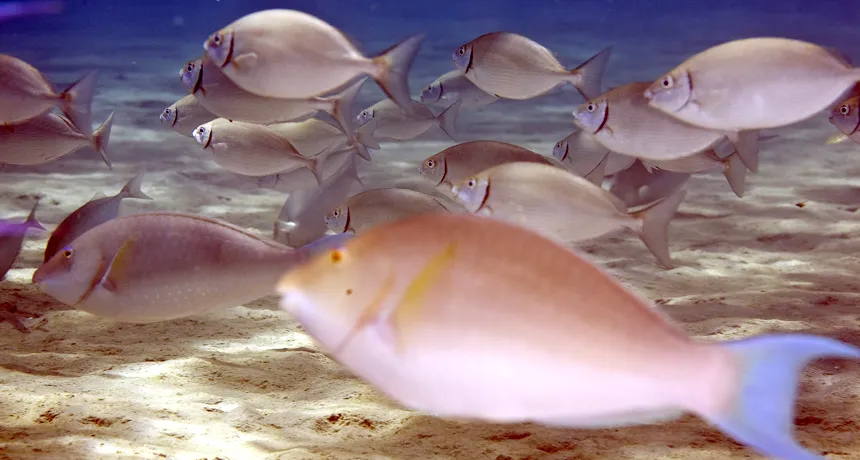Table of Contents
ToggleHow invasive fish arrive in Malta?
Which ones are the biggest threat to our waters
Malta sits at a crossroads in the central Mediterranean and its shallow coastal shelves and warm currents make it both a magnet and a gateway for new marine species. Most of the fish that are turning up here are either spreading westwards from the eastern Mediterranean after passing through the Suez Canal or hitchhiking on ships and floating debris. Climate warming is a strong accelerator because many Indo Pacific species that once could not tolerate cooler winters are now able to survive and reproduce around Maltese coasts. ERA

How these fish get here?
There are three main routes for marine invaders to reach Maltese waters. The first is natural range expansion through the Suez Canal from the Red Sea into the eastern Mediterranean. This route is called Lessepsian migration and it has brought many tropical species into the sea basin. The second route is shipping. Adults, juveniles or eggs can travel in ballast water or cling to hulls. The third is accidental release from aquaculture or the aquarium trade. Once a non native species arrives, local factors such as warmed sea surface temperature and habitat disturbance determine whether it will establish a permanent population.
The worst offenders in Maltese waters
Below are the most noteworthy invasive fish that researchers and marine managers watch closely in Malta.
Rabbitfish Siganus luridus and Siganus rivulatus
These two closely related species are herbivores from the Red Sea that have spread across the Mediterranean. They graze heavily on algae and juvenile seagrass and can convert complex algal forests into low diversity turf or barren ground. That change reduces habitat for native species and alters coastal productivity. Rabbitfish have venomous fin spines so they are also a handling risk for fishers and divers. Both species were recorded in Maltese waters and their presence is monitored by scientists and citizen observers.

Silver cheeked toadfish Lagocephalus sceleratus
This puffer fish is a major concern because its tissues contain tetrodotoxin which can be lethal if eaten. It has established populations across much of the eastern Mediterranean and has been recorded in Maltese waters multiple times. Beyond the human health risk there is growing evidence that this puffer can affect local fisheries by damaging gear and by competing with native species in habitats where it becomes common. Warnings and outreach to fishers and the public have followed each new sighting.
Cornetfish Fistularia commersonii and other predators
Long thin predators such as the blue spotted cornetfish have been recorded around Malta. These fish prey on small reef fishes and can alter community composition when they become abundant. Other newcomers that have been documented include leatherjackets and small puffers that can add new predation pressure or compete for food. Atlam Subaqua Club – Malta+1
Why these species are a real threat?
The ecological effects are not only about one species replacing another. When rabbitfish strip algal canopies or seagrass, the whole three dimensional reef becomes simplified. That harms juvenile fish nurseries, reduces biodiversity and can change nutrient cycles. Toxic puffers create a public safety problem and can force local fishers to discard catches that might contain these species. The cumulative effect is a less resilient marine ecosystem that supports fewer services for people.

Is Malta doing anything about these invasive fish?
Yes. Malta has national policy and practical actions in place but the work is ongoing and complex. The Environment and Resources Authority published a national strategy and codes of good practice for invasive alien species that align with European obligations. The Fisheries Directorate monitors commercial catches and collaborates with research institutions on surveillance. Citizen science initiatives such as Spot the Alien Fish help capture early sightings and raise public awareness. There are also targeted information campaigns and warnings when toxic species are found so fishers and consumers stay safe. Regional cooperation with other Mediterranean states is an important part of the response because marine invasions do not respect national borders.

What more could be done?
Prevention is the most effective strategy. That means better ballast water management, stricter controls on aquaculture and aquarium trade, and continued investment in monitoring and rapid response. Locally, encouraging reporting by divers and fishers, turning sightings into science through verification, and promoting low waste use or removal where appropriate can all help. In some areas novel measures like targeted removal or promoting use of invasive species where safe and feasible are tested. But any intervention needs science based planning because eradication in open sea is rarely possible.
How you can help protect Maltese seas?
If you are a fisher, diver or coastal user, learn to recognise the main invasive species and report sightings to local programmes. Do not eat unfamiliar fish unless advised otherwise by authorities, and follow guidance if a toxic species is suspected. Support policies that reduce shipping risks and climate warming because those broader drivers make invasions more likely. Citizen reports have helped scientists detect new arrivals early and that makes a real difference.
Malta has knowledgeable scientists and active citizen groups working on this issue. The challenge is that warming seas and heavy shipping traffic will keep creating new arrival opportunities. Vigilant monitoring, strong prevention policies and community involvement are our best bets for keeping Maltese waters healthy and safe.




